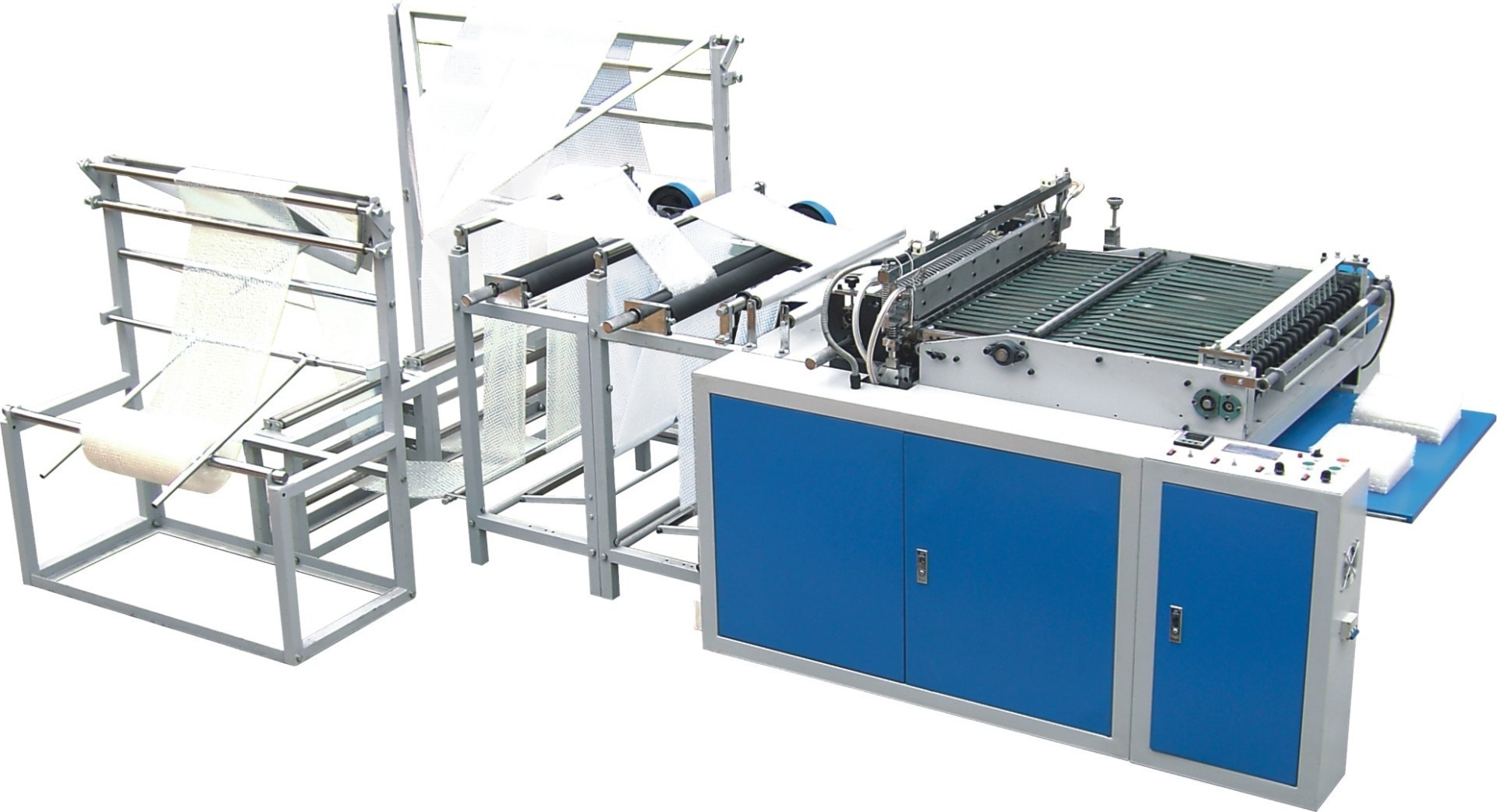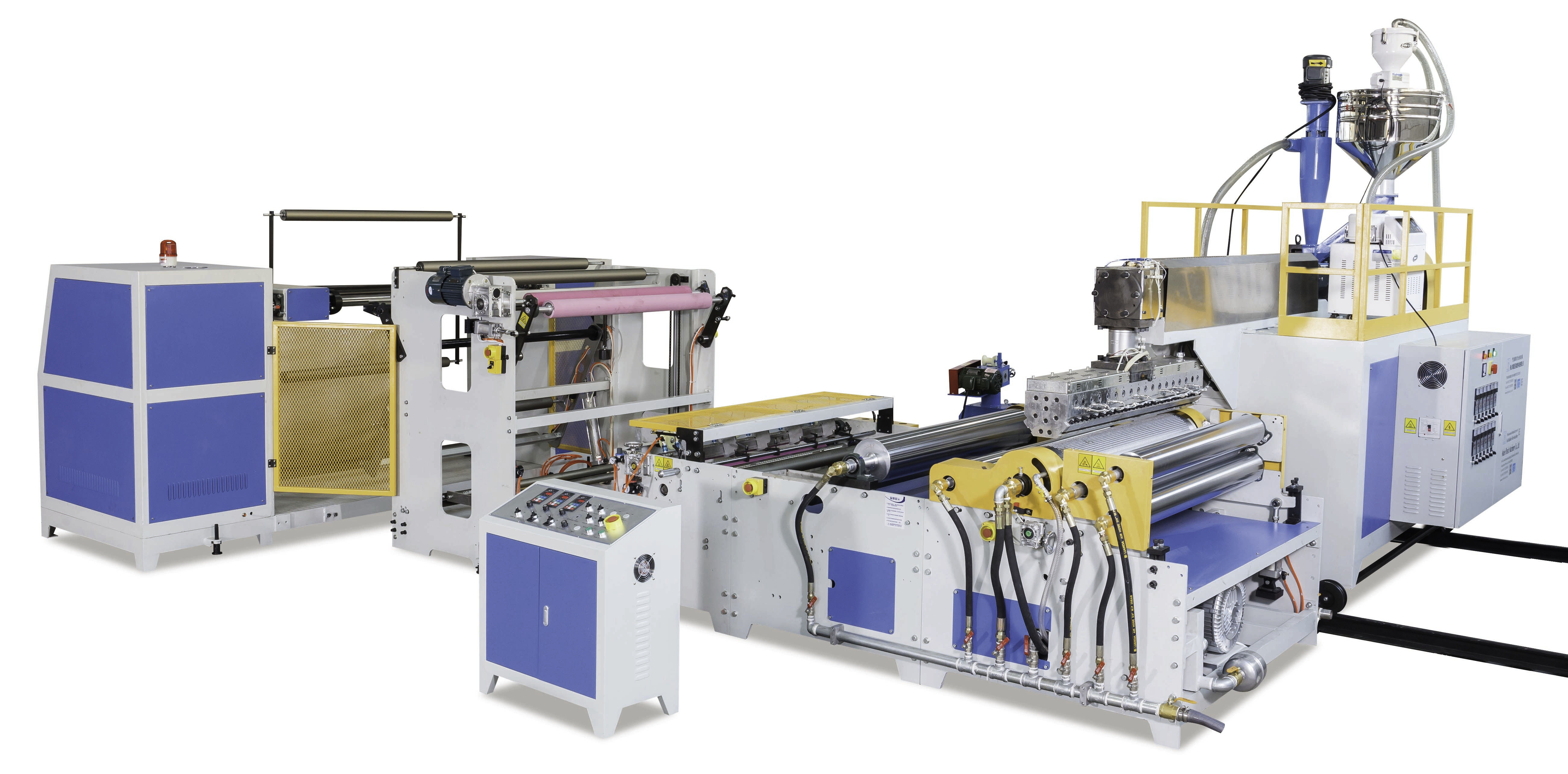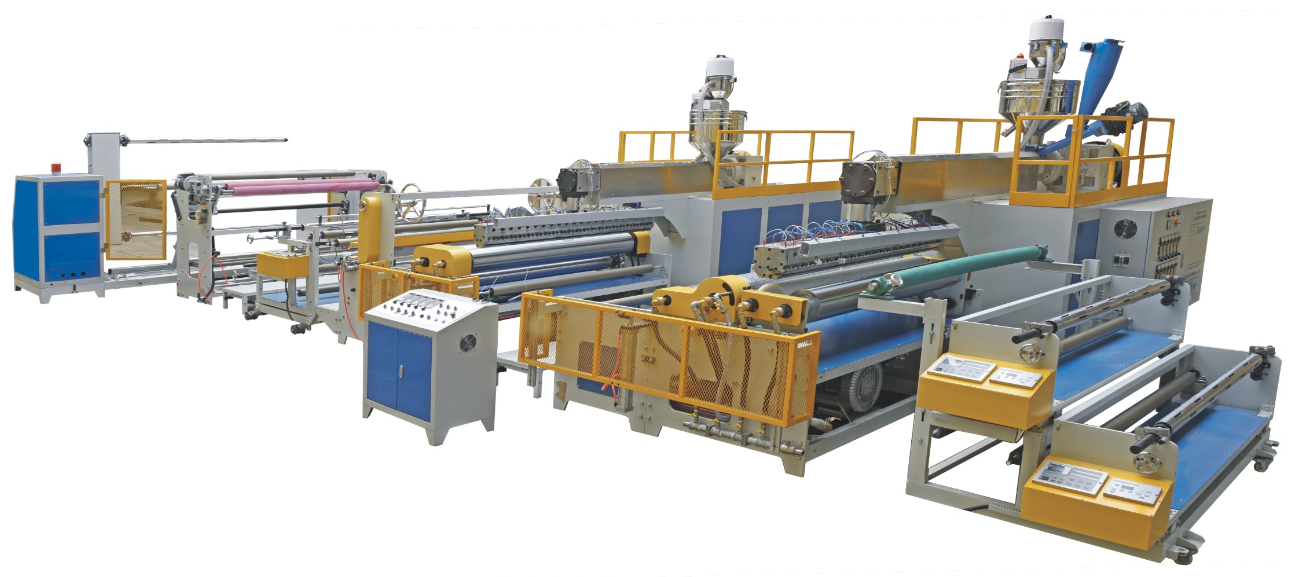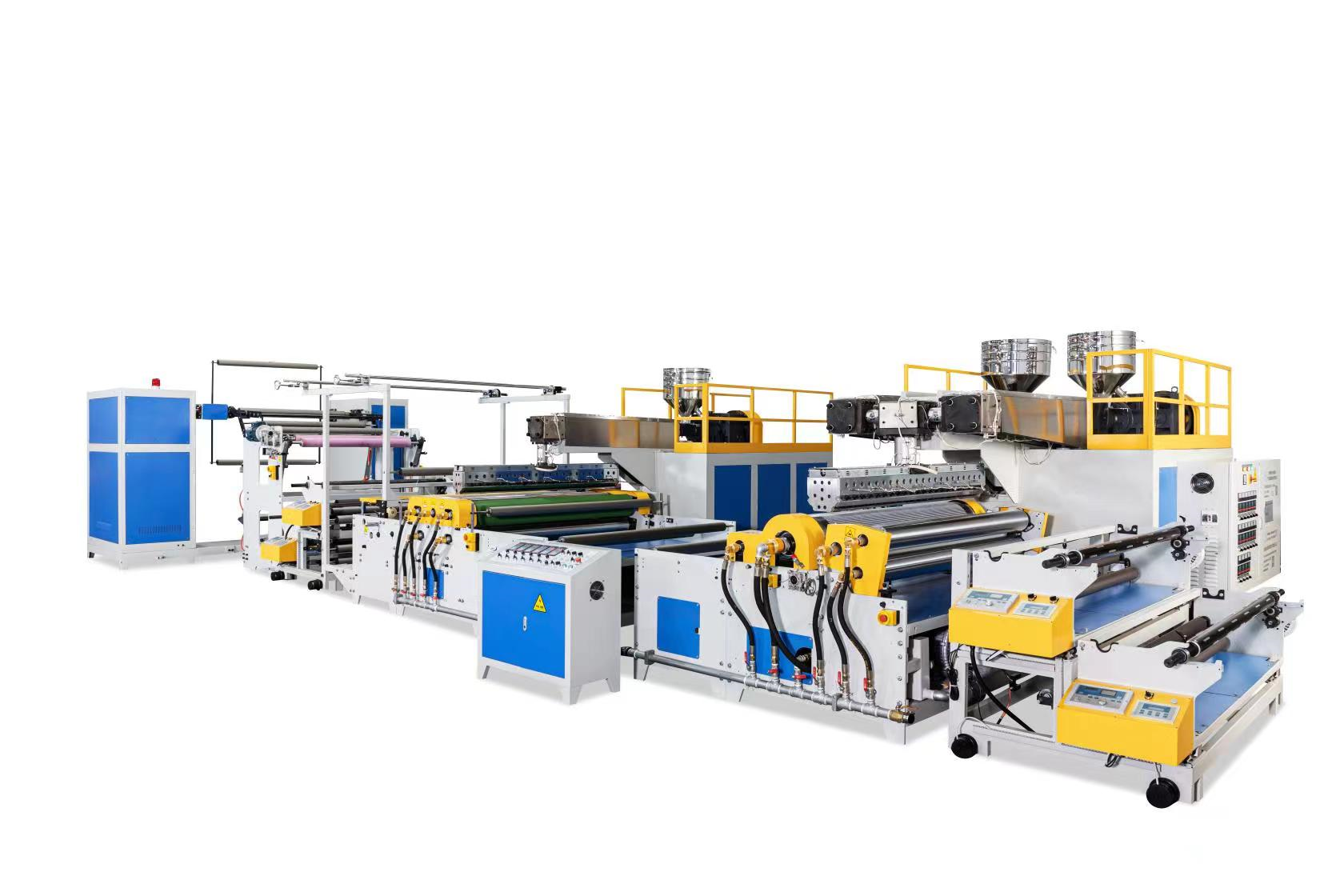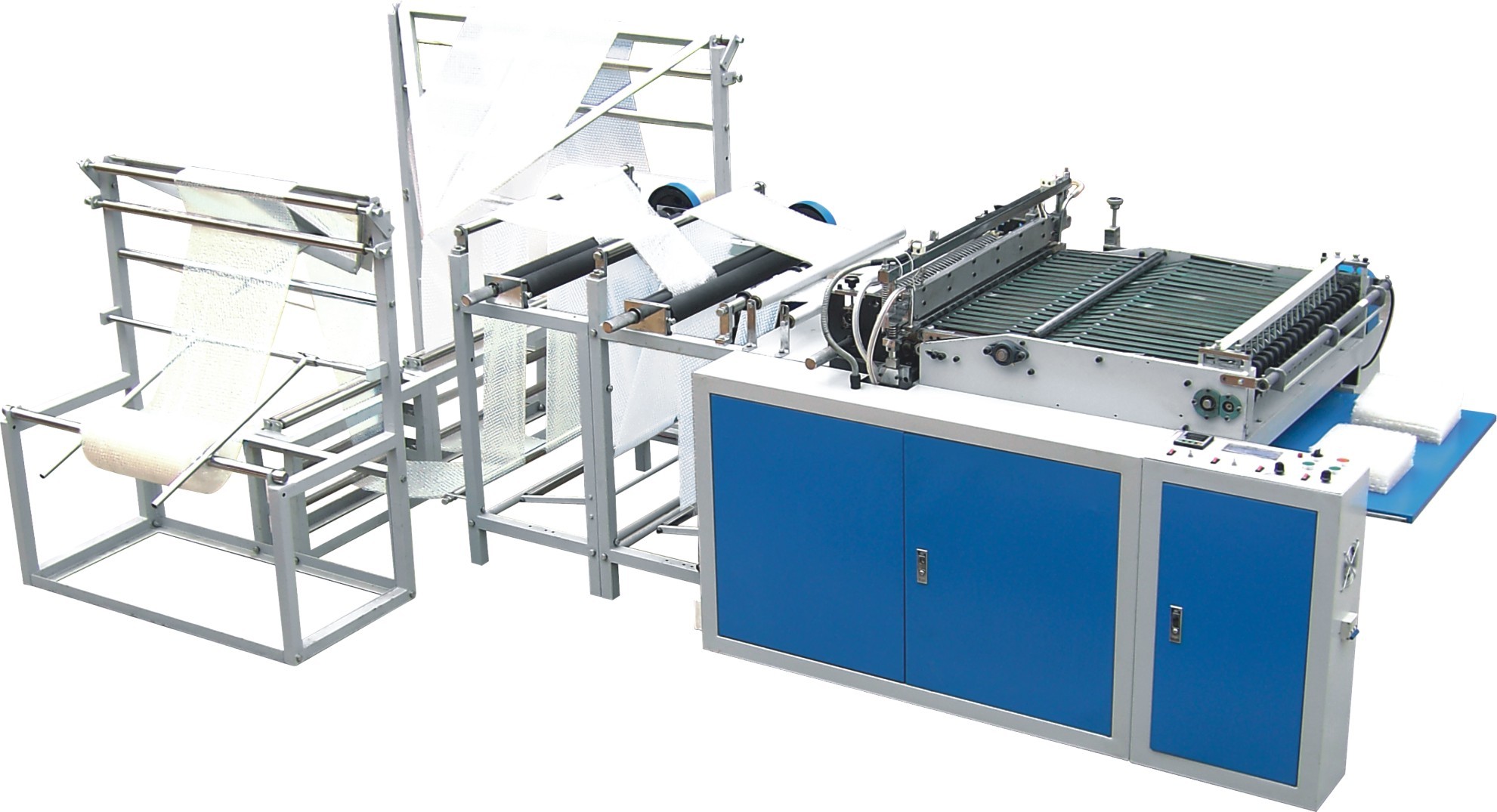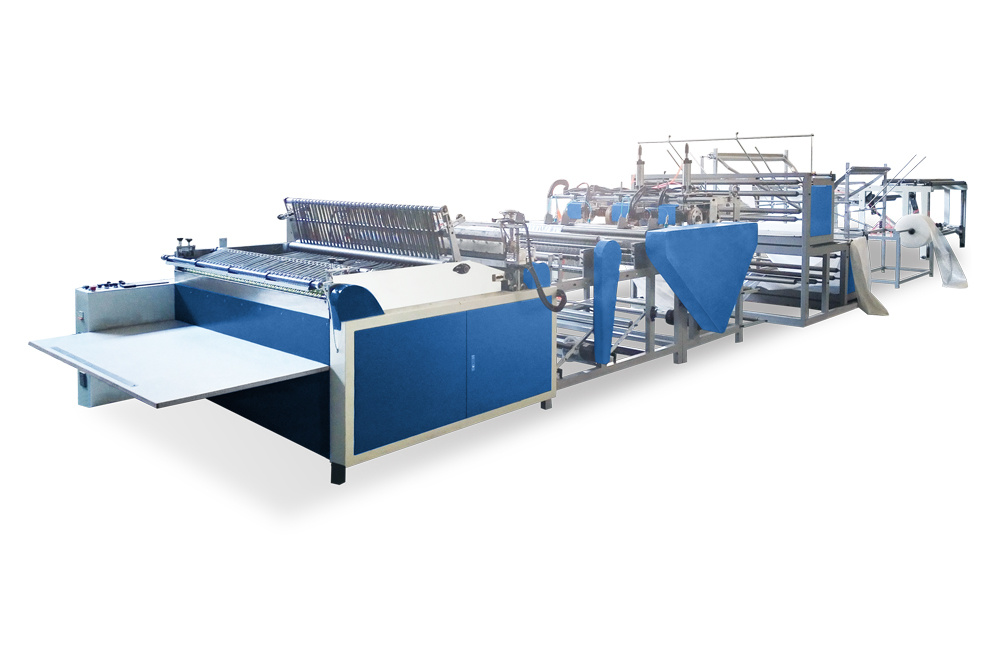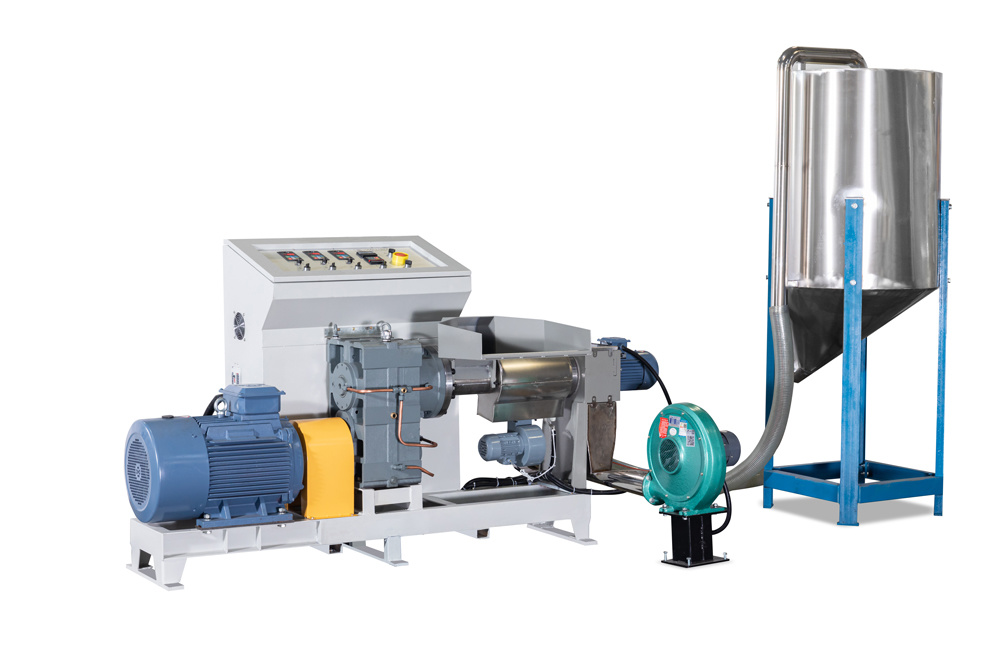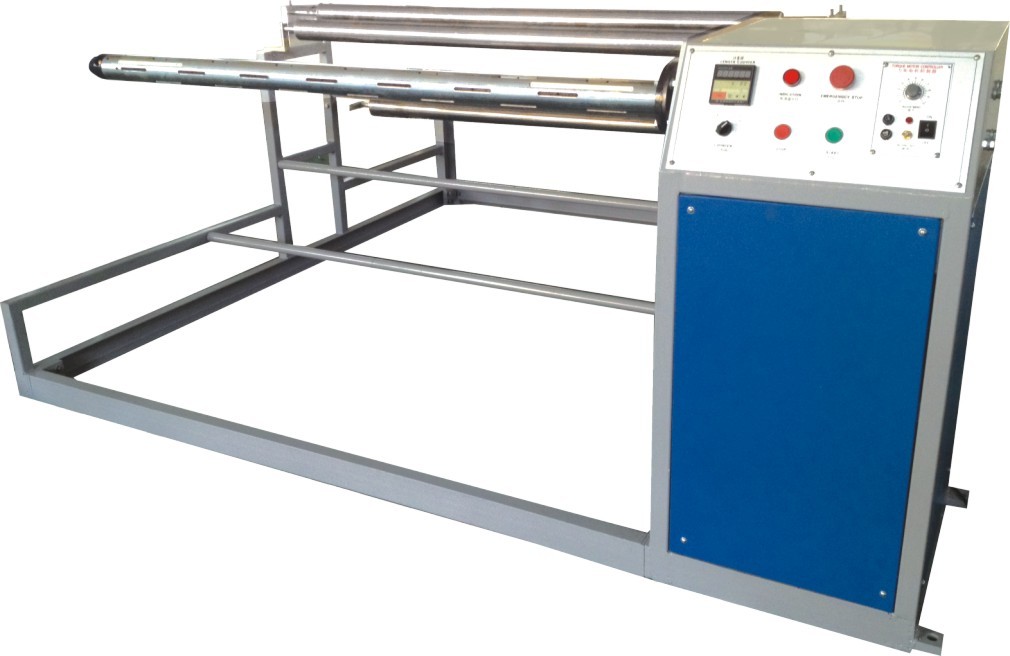Nov 24,2025
Understanding the Manufacturing Process of 3 Layer Air Bubble Film: A Comprehensive Guide
Understanding the Manufacturing Process of 3 Layer Air Bubble Film
The manufacturing process of **3 layer air bubble film** involves several intricate steps designed to create a versatile and reliable packaging material. This guide aims to provide a thorough understanding of the various stages in the production of this essential product, which is widely used across various industries for its protective qualities.
Table of Contents
- 1. Introduction to 3 Layer Air Bubble Film
- 2. Raw Materials Used in Manufacturing
- 3. The Step-by-Step Manufacturing Process
- 4. Understanding the 3 Layers
- 5. Quality Control Measures
- 6. Applications of 3 Layer Air Bubble Film
- 7. Sustainability in Bubble Film Production
- 8. Future Trends in Air Bubble Film Manufacturing
- 9. Conclusion
- 10. Frequently Asked Questions
1. Introduction to 3 Layer Air Bubble Film
**3 layer air bubble film** is a widely used packaging solution known for its excellent cushioning properties. The film typically consists of three layers: two flat layers of polyethylene and one layer of air-filled bubbles sandwiched between them. This construction provides enhanced protection for fragile items during shipping and storage. Understanding the manufacturing process helps to appreciate the complexity and quality assurance that goes into producing this essential material.
2. Raw Materials Used in Manufacturing
To produce high-quality **3 layer air bubble film**, manufacturers rely on several key raw materials:
2.1 Polyethylene Resins
Polyethylene (PE) is the primary material used in the outer layers of the bubble film. Different grades of polyethylene are selected based on their desired properties, such as clarity, strength, and flexibility. The most common types used include low-density polyethylene (LDPE) and linear low-density polyethylene (LLDPE).
2.2 Additives and Colorants
Various additives are incorporated into the polyethylene to enhance performance attributes. These include UV stabilizers to protect against sun damage, anti-slip agents for better handling, and colorants to provide aesthetic qualities.
2.3 Air Bubble Formation Agents
Special agents are used to facilitate the creation of air bubbles within the film. These agents help control bubble size and shape, contributing to the overall cushioning effectiveness of the final product.
3. The Step-by-Step Manufacturing Process
The manufacturing of **3 layer air bubble film** is a multi-step process that transforms raw materials into a finished product. Below we outline the key stages involved.
3.1 Extrusion
The process begins with the **extrusion of the polyethylene**. The raw polyethylene resins are fed into an extruder, where they are heated and melted. The molten polymer is then forced through a die to form two flat layers.
3.2 Bubble Making
Once the flat layers are formed, the next step is to create the air-filled bubbles. This is done by introducing air into the polymer through a controlled process, allowing the film to expand. The size and uniformity of the bubbles are critical for effective cushioning.
3.3 Layer Assembly
After the air bubbles are formed, the layers of film are assembled. The two flat layers are placed on either side of the bubble layer, resulting in a three-layer composite structure. This is typically achieved using a laminating process, where heat and pressure bond the layers together.
3.4 Cooling and Cutting
Post-lamination, the film is cooled to solidify its structure. Once cooled, it is rolled into large sheets or cut into specific sizes based on customer requirements.
3.5 Quality Inspection
Before packaging, the film undergoes a thorough quality inspection. This includes checking for uniform bubble size, layer adhesion, and overall strength. Any defects are corrected to maintain high-quality standards.
4. Understanding the 3 Layers
The unique construction of **3 layer air bubble film** gives it distinct advantages. Let’s break down each layer:
4.1 Outer Layers
The two outer layers of polyethylene provide protection against moisture, dust, and other environmental factors. They also contribute to the overall strength and durability of the film.
4.2 Inner Layer of Air Bubbles
The inner layer is composed of air-filled bubbles that provide cushioning and shock absorption. This layer is crucial in preventing damage to items during transit. The design of these bubbles allows for flexibility and resilience, adapting to the shape of the packaged items.
5. Quality Control Measures
Ensuring quality in the manufacturing process of **3 layer air bubble film** is paramount. Manufacturers implement several quality control measures:
5.1 Material Inspection
Before production begins, raw materials are inspected for quality and compliance with specifications. This step ensures that only high-quality polyethylene and additives are used.
5.2 Process Monitoring
During production, continuous monitoring of the extrusion and lamination processes is critical. Any deviations from standard operating procedures can lead to defects in the final product.
5.3 Final Product Testing
Once the film is produced, rigorous testing is conducted. This includes tensile strength tests, bubble integrity tests, and visual inspections to ensure the film meets industry standards.
6. Applications of 3 Layer Air Bubble Film
**3 layer air bubble film** finds applications across various industries due to its protective qualities:
6.1 E-commerce Packaging
With the rise of online shopping, air bubble film is widely used in e-commerce packaging to protect delicate items during shipping.
6.2 Electronics Packaging
In the electronics industry, bubble film is essential for safeguarding fragile components and devices from impact damage.
6.3 Furniture and Appliance Moving
Moving companies utilize bubble film to wrap furniture and appliances, ensuring they remain undamaged during transit.
6.4 Industrial Applications
Many industrial applications require protective packaging to prevent damage to machinery parts and other equipment. Air bubble film serves this purpose efficiently.
7. Sustainability in Bubble Film Production
As awareness of environmental issues grows, the need for sustainable manufacturing practices in the production of **3 layer air bubble film** has become increasingly important:
7.1 Recyclability
Many manufacturers are focusing on producing recyclable bubble films, allowing for a circular economy where the material can be repurposed rather than discarded.
7.2 Biodegradable Alternatives
Research is ongoing into developing biodegradable bubble films that offer similar protective qualities without the environmental impact of traditional plastics.
8. Future Trends in Air Bubble Film Manufacturing
The landscape of **3 layer air bubble film** manufacturing is continuously evolving. Emerging trends include:
8.1 Technological Advancements
Innovation in manufacturing technology is leading to more efficient production processes, reducing waste and enhancing product quality.
8.2 Customization
As customer needs diversify, manufacturers are increasingly offering customized solutions, including various sizes, colors, and bubble sizes, to meet specific requirements.
9. Conclusion
The manufacturing process of **3 layer air bubble film** is a complex yet fascinating journey that transforms raw materials into a vital packaging solution. Understanding the intricacies of each step, from material selection to quality control, sheds light on the quality and reliability of the final product. As industries continue to evolve, staying updated on manufacturing trends will be essential for companies looking to leverage the advantages of this crucial packaging material.
10. Frequently Asked Questions
10.1 What is 3 layer air bubble film made of?
3 layer air bubble film is primarily made of polyethylene, with two outer layers and one inner layer containing air-filled bubbles for cushioning.
10.2 How is bubble film produced?
The production involves extrusion of polyethylene, bubble formation, layer assembly, cooling, cutting, and quality inspection.
10.3 What are the benefits of using 3 layer air bubble film?
Benefits include excellent cushioning, moisture protection, and adaptability to various item shapes, making it ideal for shipping fragile products.
10.4 Is 3 layer air bubble film recyclable?
Yes, many manufacturers produce recyclable bubble films, and efforts are ongoing to develop more sustainable options.
10.5 What industries commonly use air bubble film?
Common industries include e-commerce, electronics, furniture moving, and various industrial applications requiring protective packaging.
This comprehensive guide provides an in-depth look at the manufacturing process of **3 layer air bubble film**, designed to inform and educate readers while enhancing search engine visibility.
Related News



